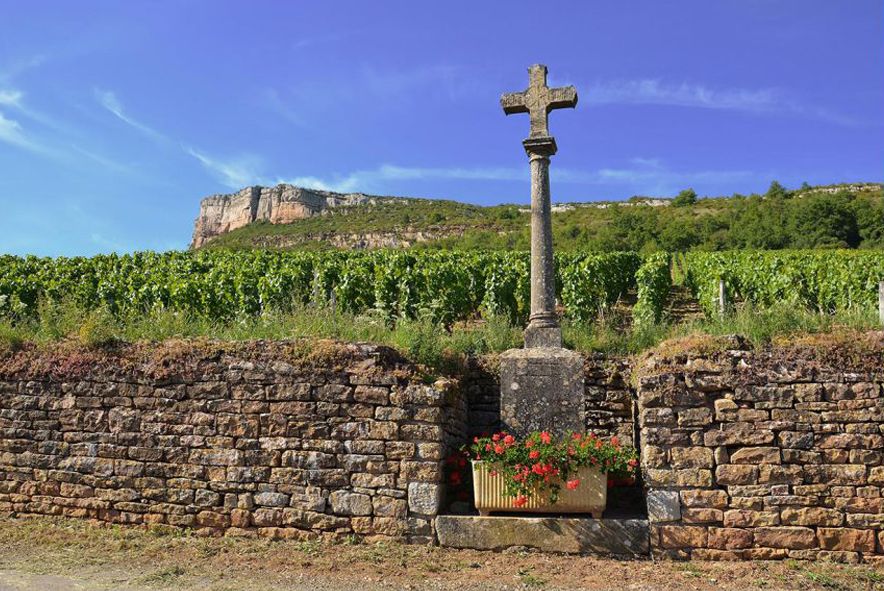“Some climats in Pouilly-Fuissé will finally be classified as Premier Cru, the recognition of hard work on the part of the winegrowers, but also the recognition of the quality of the terroirs of southern Bourgogne, which has long been underestimated,” says Anne Moreau
NB – This feature was first run on June 10, 2020 and has been updated in accordance with Thursday’s announcement.
Until the official go-ahead on September 3, Burgundy lacked a vineyard hierarchy in only one region – the Mâconnais.
But now 22 climats representing 194 hectares (or 24% of the area of the PDO Pouilly-Fuissé) have been given Premier Cru appellation approval from the National Institute for Appellations of Origin (INAO). These climats are all among four villages: Chaintré, Fuissé, Solutré-Pouilly and Vergisson, villages that only produce white wine from Chardonnay.

Frédéric Marc Burrier, president of Union des Producteurs de Pouilly-Fuisse © LM Archer
Egalité, fraternité, hiérarchie
The southernmost region of Burgundy (traditionally called Bourgogne) enjoys a maverick reputation. Yet, despite its lack of hierarchical heritage, history nonetheless ranks Mâcon wines highly. Even famed French wine writer André Jullien notes in his “Topographie de tous les vignobles connus” (“Topography of all Known Vineyards,” 1816) the wines of Pouilly and Fuissé as “first class,” on a par with other great wine regions like Meursault and Montrachet.
Thus determined to fulfill this destiny, Frédéric Marc Burrier, president of Union des Producteurs de Pouilly-Fuissé from 2003-2020, initiated the premier classification application process in 2007. “Throughout its history, Pouilly has been an island of success,” says Burrier, propietor of Maison Joseph Burrier and Château de Beauregard in Fuissé. “From all levels.”
From the outset of the application, Pouilly-Fuissé worked with the INAO analysing its terroir, including elevation, aspect, slope, and soils. A detailed map outlining the appellation’s 217 lieux-dits, or legally registered cadastral sites, resulted. Subsequent studies drilled down into each climat’s history, cultural practices, and historic pricing, as well as blind tastings conducted by a panel of experts.
But Burrier also needed buy-in from the 250 Pouilly-Fuissé producers, some of whom farm less than 2 hectares. “It took five years of discussion,” says Burrier. “It took time to convince colleagues to work together for approval.” Ultimately, 94 percent of union members approved the Pouilly-Fuissé project in September 2017, a testament to Burrier’s vision, drive and diplomacy.
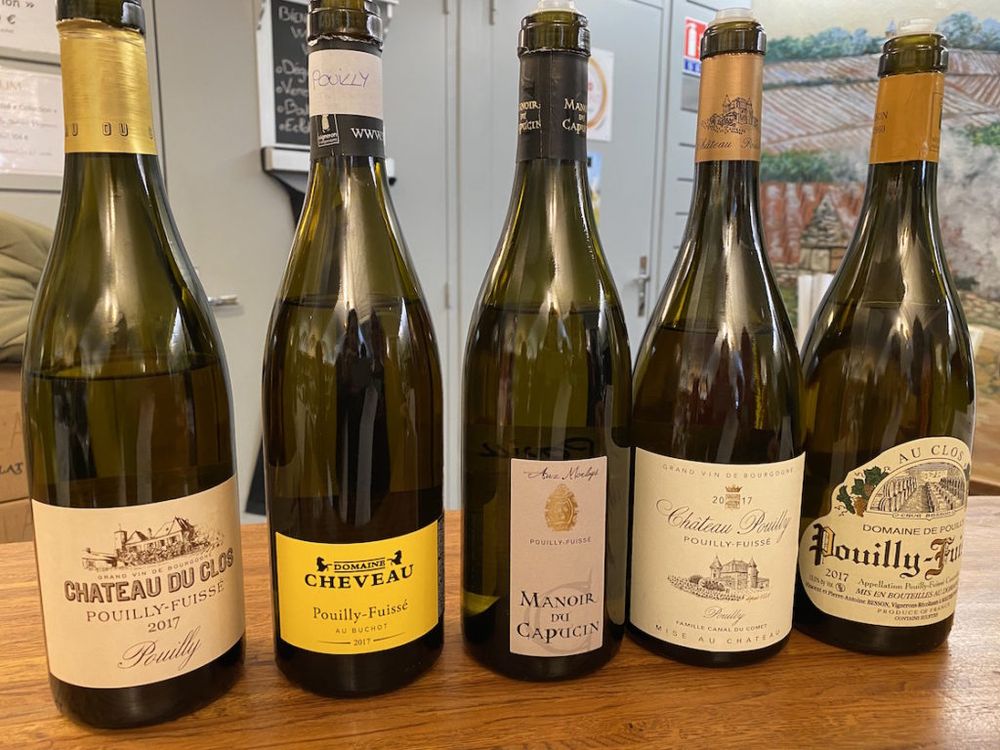
© LM Archer
Past, present, pandemic
Finally, in November 2019, the INAO announced the final phase of Pouilly-Fuissé’s trudge towards Premier Cru certification. First, a period of review and comments from January 15 to March 15, 2020, followed by the committee’s ultimate conclusion.
Unfortunately, the COVID-19 pandemic forced a mandatory national lockdown in March, postponing the review process. Sophie Mauriange, chargée de communication for the INAO, acknowledges “…because of the health state of emergency proclaimed in France, the deadline for receipt of objections is extended. The balance of objections received will be presented at a future committee meeting whose date is not yet known.”
France’s lifting of lockdown restrictions freed the INAO to reach a decision and on September 3, 2020 the good news was official.
Clearly, Premier Cru classification will elevate Pouilly-Fuissé, both in stature and pricing. “It is an important step for [Pouilly-Fuissé’s] history, and it will help to show to consumers the quality of the AOC,” says Edoard Parinet of Domaine du Roc des Boutires, whose family owns vineyards in ‘Aux Chailloux’ and ‘Aux Bouthières.’ “There is no reason why the Mâconnais should be treated differently from the rest of Burgundy.”
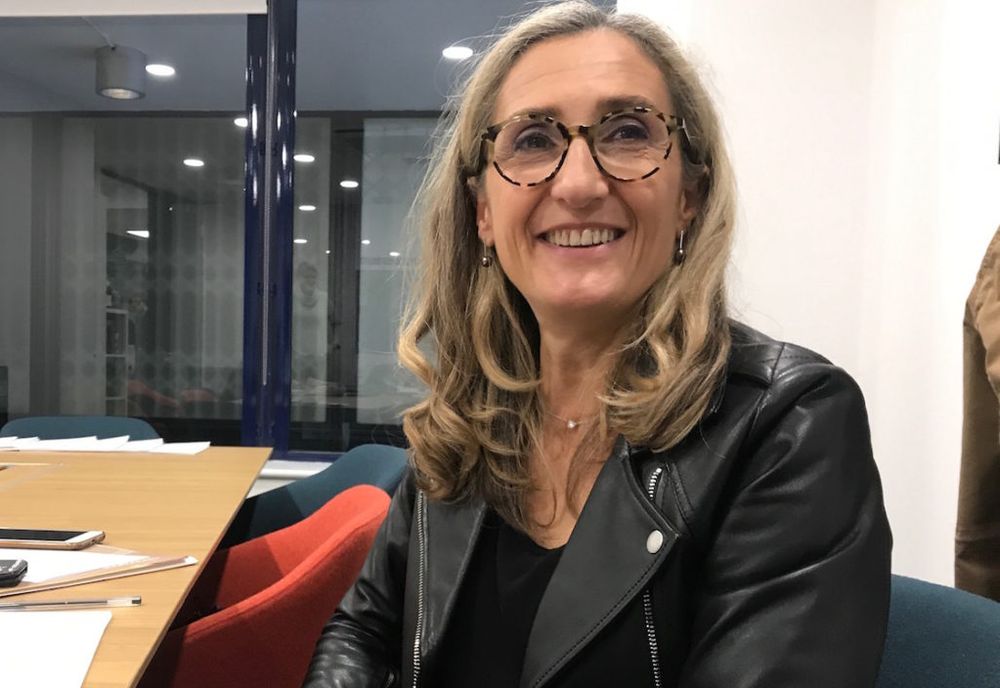
Anne Moreau, chairwoman of the Communication Commission at the Bourgogne Wine Board
Quest for quality
Burgundians regionwide recognise the benefits, too. “We are delighted that some climats in Pouilly-Fuissé will finally be classified as Premier Cru,” says Anne Moreau, chairwoman of the Communication Commission at the Bourgogne Wine Board (BIVB).“First of all, because it is the recognition of hard work on the part of the winegrowers, but also the recognition of the quality of the terroirs of southern Bourgogne, which has long been underestimated.”
Patience remains a trademark of Burgundy’s two thousand-year winemaking history. Moreau also highlights “the vitality of our vineyards,” and the region’s ongoing “quest for quality improvement.” Clearly, a quest worth the wait.
So how well do you know your Pouilly-Fuissé?
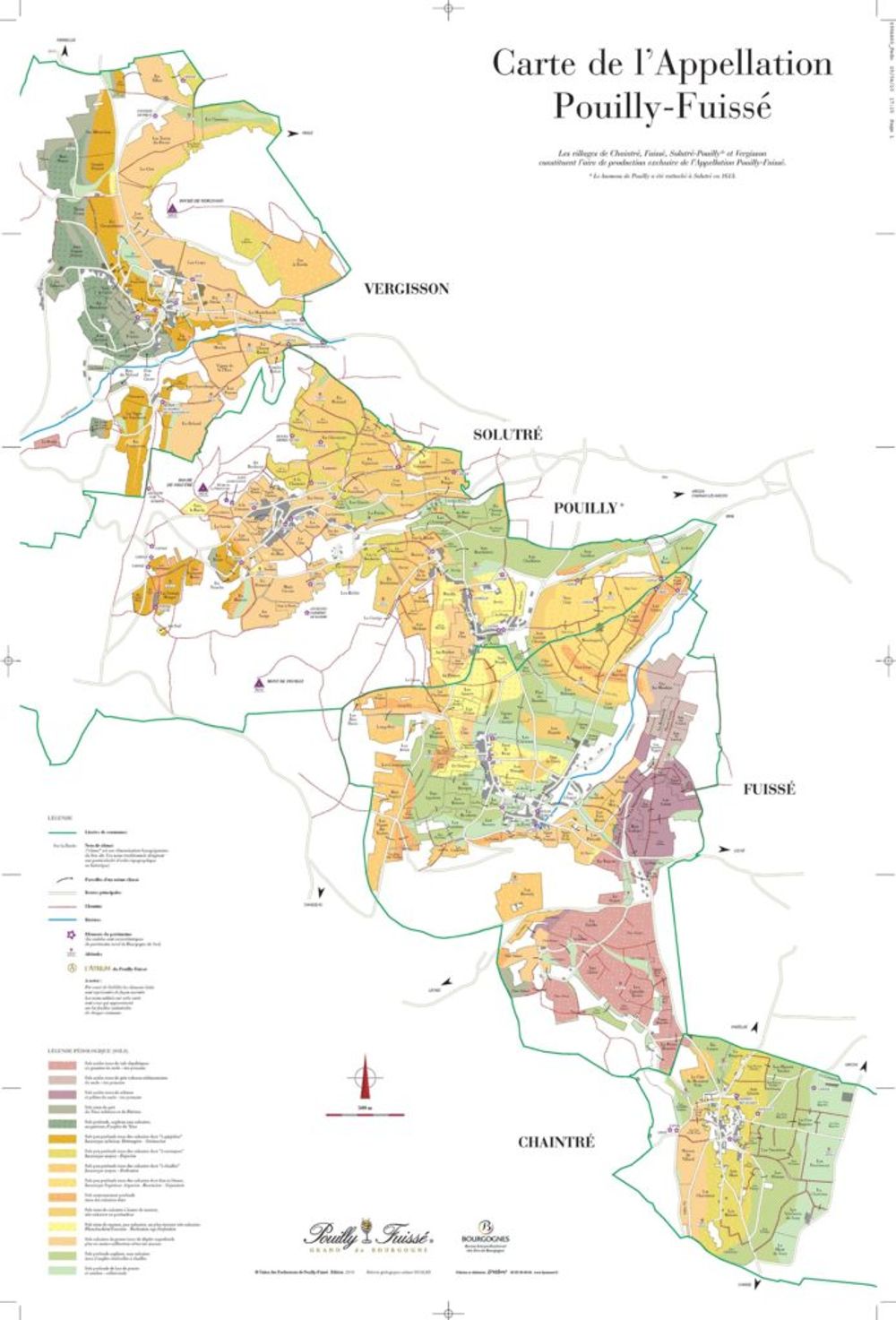
Pouilly-Fuissé Premiers Crus: 4 municipalities, 22 climats, key producers

Municipality of Chaintré:
Aux Quarts
Le Clos de Monsieur Noly
Le Clos Reyssier
LesChevrières
Domaine Dominique et Christine Martin
Dominique Cornin
Château des Quarts
Domaine Christophe Perraton
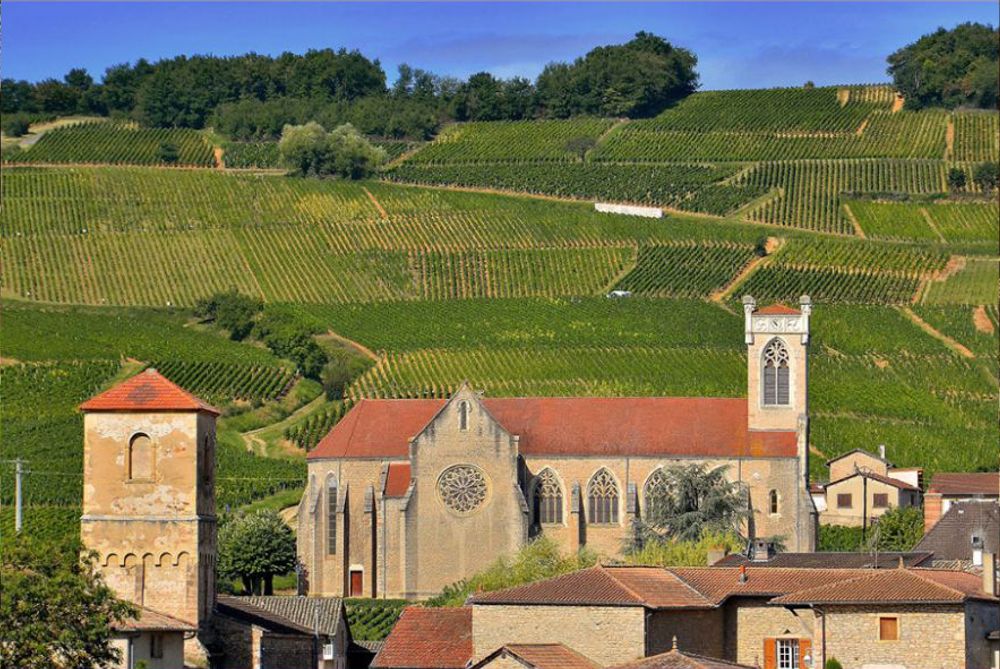
Municipality of Fuissé:
Les Clos
Les Brulés
Les Ménétrières
Les Perrières
Les Reisses
Les Vignes Blanches
Vers Cras
Château de Beauregard
Domaine Georges Burrier
Domaine Sophie Cinier
Ferret Lorton
Château de Fuissé
Domaine de Fussiacus
Manoir Du Capucin
Gilles Noblet
Domaine Daniel Pollier
Domaine Robert-Denogent
Domaine Thibert Pere Et Fils
Château Vitallis
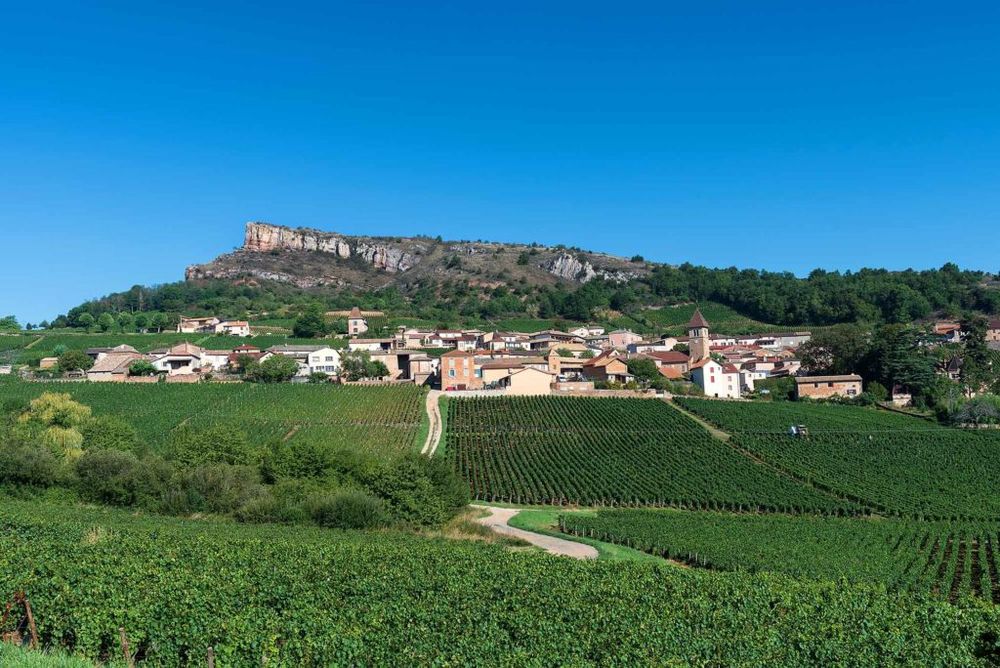
Communes of Solutré-Pouilly:
Au Vignerais
Aux Chailloux
En Servy
La Frérie
Le Clos de Solutré
Pouilly
Vers Cras
Aux Bouthières
Notable Solutré-Pouilly Producers:
Domaines Auvigue
Denis Bouchacourt
Château Du Clos
Domaine Cheveau
Domaine Denuziller
Domaine Du Chalet-Pouilly
Domaines Edmond Laneyrie
Château Pouilly
Simon Ravaud
Sylvaine et Alain Normand
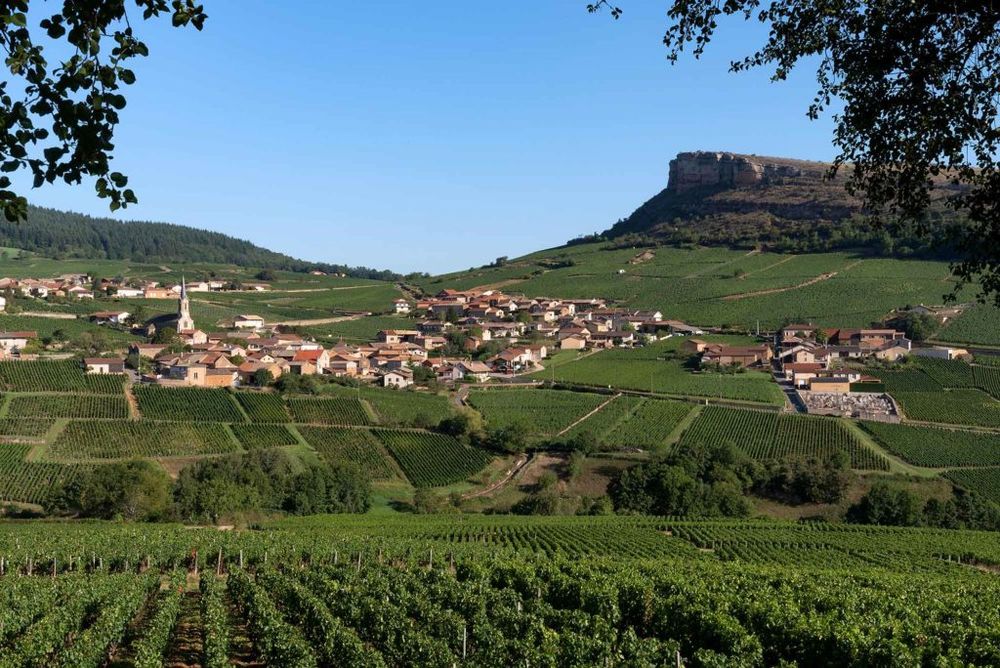
Municipality of Vergisson:
En France
La Maréchaude
Les Crays
Sur La Roche
Domaine Barraud
Domaine Du Château De Vergisson
Domaine Guerrin Et Fils
Roger Lassarat
Domaine Saumaize-Michelin
